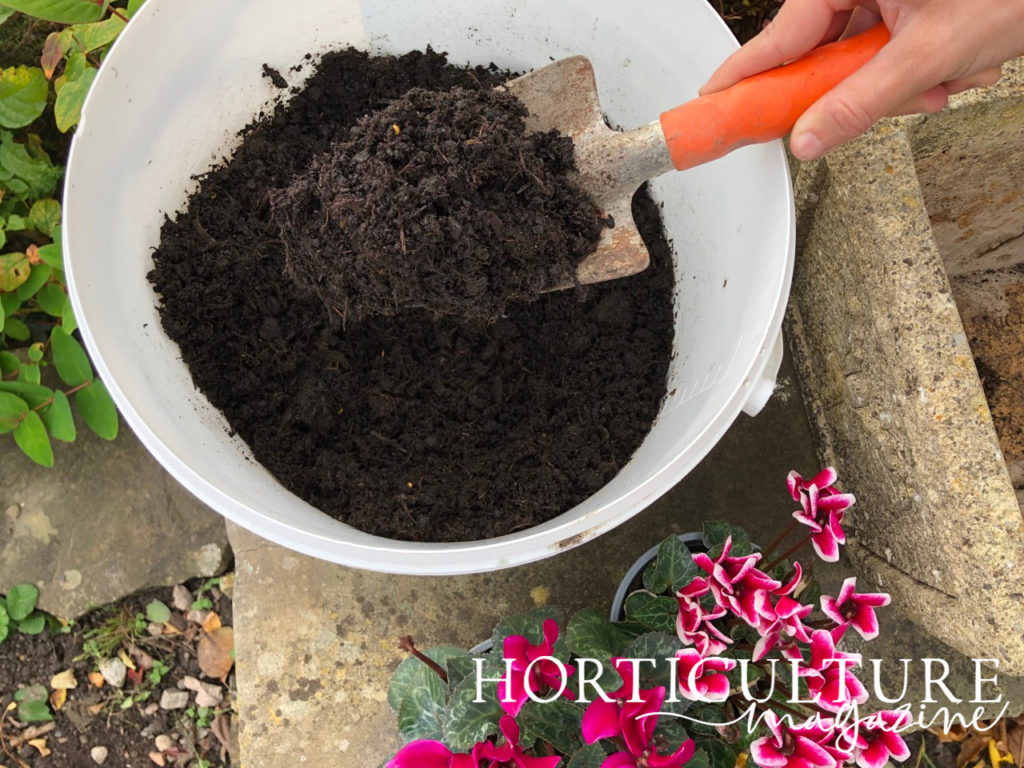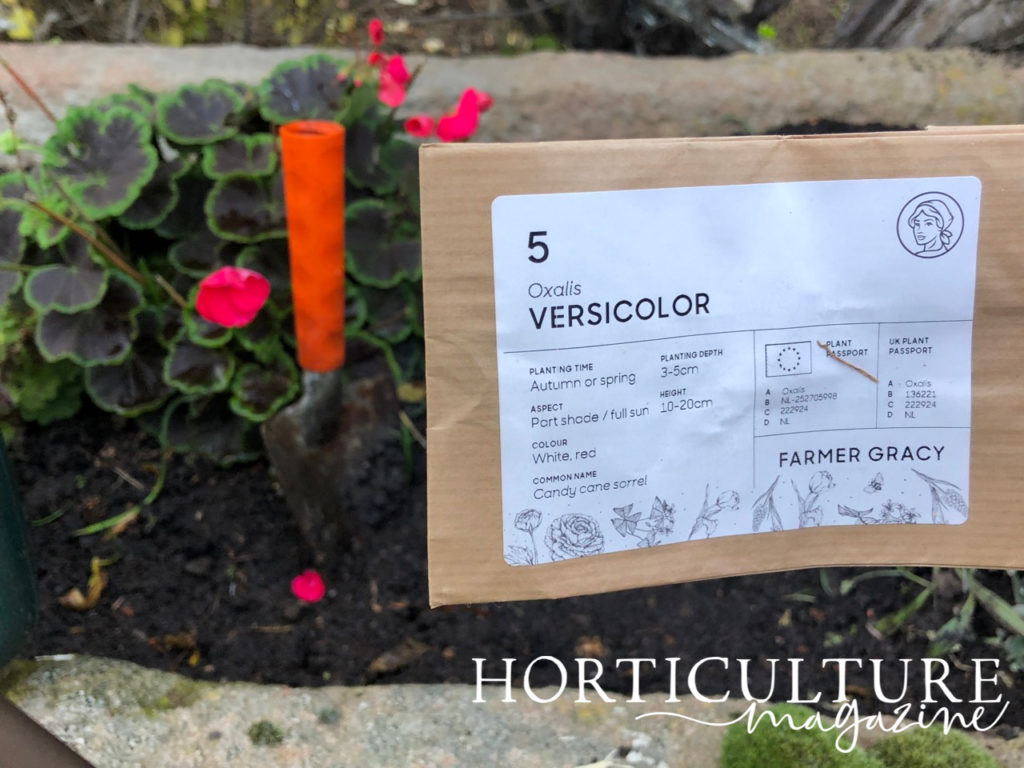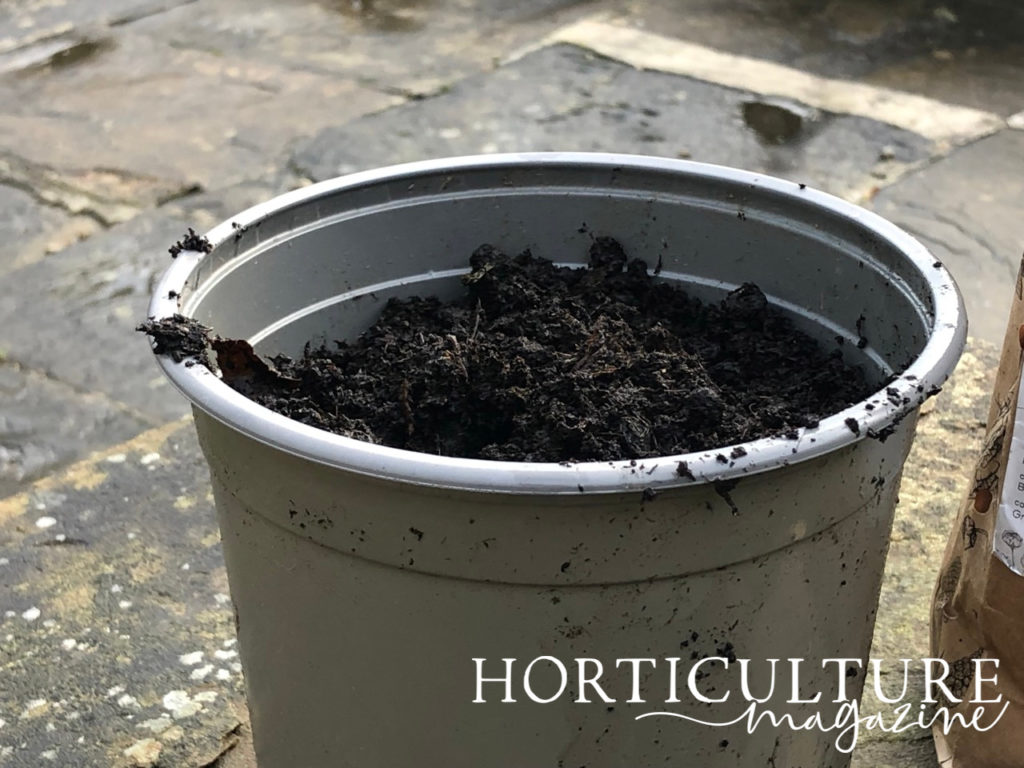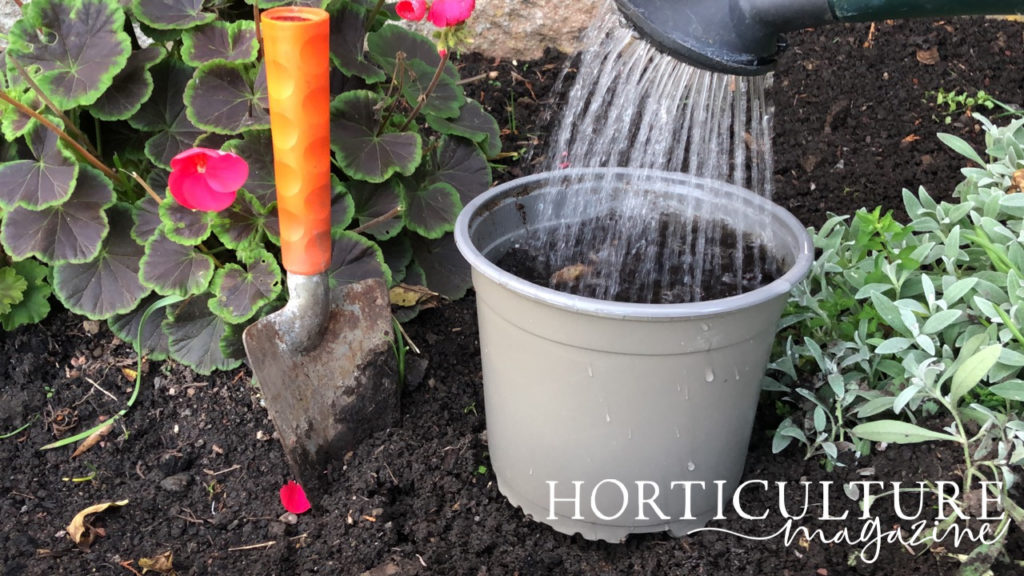Planting Oxalis Bulbs (Corms) In 5 Steps With Emily Cupit’s Video Guide

HOUSEPLANTS > OXALIS > PLANTING

Elizabeth is a Permaculture Garden Designer, Sustainability Consultant and Professional Writer, working as an advocate for positive change. She graduated from the University of St. Andrews with an MA in English and Philosophy and obtained a Diploma in Applied Permaculture Design from the Permaculture Association.
Reviewed By ROY NICOL

Roy is a Professional Gardener and Horticultural Consultant, specialising in large garden year-round maintenance and garden development. He is an RHS Master of Horticulture and uses his research in the application of no-dig methods in ornamental garden settings. Roy has been a Professional Gardener for more than six years and is a member of the Chartered Institute of Horticulture, Professional Gardener's Guild and Association of Professional Landscapers (Professional Gardener).
Contributions From EMILY CUPIT

Emily is a Gardening Writer, Photographer and Videographer from Derbyshire, UK. She is the Founder of Emily's Green Diary - a community of more than 75,000 people who share in her gardening journey.
IN THIS GUIDE
OXALIS GUIDES
Planting
Varieties
Oxalis plants are ornamentals often grown indoors in the UK, though there are some varieties that can also be grown outdoors.
Also commonly referred to as shamrocks for the shape of their leaves, these can be grown from small bulbs, tuberous root sections or from seed.
To plant the bulbs (which are technically corms) of this bulbous perennial, which look like long, thin pine cones:
- Select and purchase your corms.
- Prepare a pot filled with a suitable free-draining growing medium.
- Plant the corms vertically in a deep container, with the narrow end upwards.
- Make sure the corms are around 2.5cm apart and covered with around 2.5-3.5cm of your growing medium.
- Water in well, making sure excess water can drain away and wait for growth to emerge.
Use our easy-to-follow video for more information, or read on for a more detailed explanation:
When To Plant
Oxalis bulbs are often planted undercover in autumn for indoor cultivation as houseplants or for transplantation into the garden in spring.

They can also be planted in spring after all risk of frost has passed in your area.
Where To Plant
Where you plant and grow oxalis bulbs very much depends on which oxalis variety you have chosen to grow.
It also depends on where you live and whether the oxalis you have chosen will thrive outside in your area.

Oxalis triangularis cultivars are commonly grown as houseplants in the UK, though they can also grow outdoors in summer in milder or coastal gardens.
Indoors, you need to choose a light, bright location and place the corms in pots filled with a suitably fertile yet free-draining growing medium.
1) Acquire Oxalis Corms
If you would like to plant oxalis, the first stage is to select and purchase your corms or, if you have an existing pot of oxalis, the corms can be split up and re-potted.

When selecting the oxalis to grow, make sure you think about where you would like to grow it, and the conditions you can provide, as well as its visual appearance.
2) Prepare Your Pot
A pot or container for oxalis must have good drainage to allow excess water to drain away at the base, as this plant cannot tolerate waterlogged soil.
It must also be deep enough to accommodate the long, thin corms.

Fill your container with a free-draining yet fertile growing medium.
A mix of peat-free houseplant compost with a grit added for drainage is typically best.
3) Plant The Corms
Place a little of the growing medium into the base of the container, making sure that there is a reasonable layer, but that you can still accommodate the corms with space to cover them over on top.
A planting depth of 3-5cm is recommended.
Place the corms upright in the container, with their narrower ends upwards.

You can use a dibber to make the holes for these within the medium.
Fill in the growing medium around these carefully.
4) Cover With Growing Medium
Once the corms are in place within the growing medium, make sure that you cover these, so that the tops of each one are around 2.5-3.5cm below the surface.
Remember, there should also be a little headspace at the top of the container.
5) Water In Well
Next, simply give your newly planted corms a drink, but make sure excess water can drain away freely.

After, make sure your pot is placed in a suitable location and wait for the new growth to appear.
